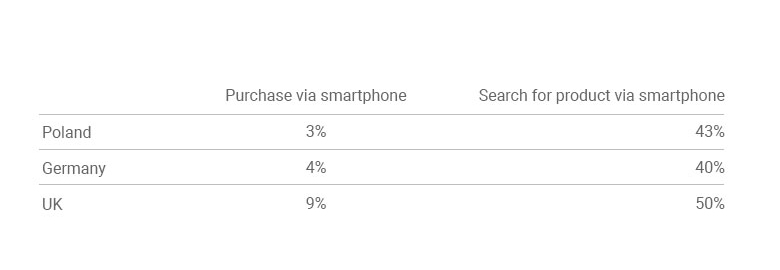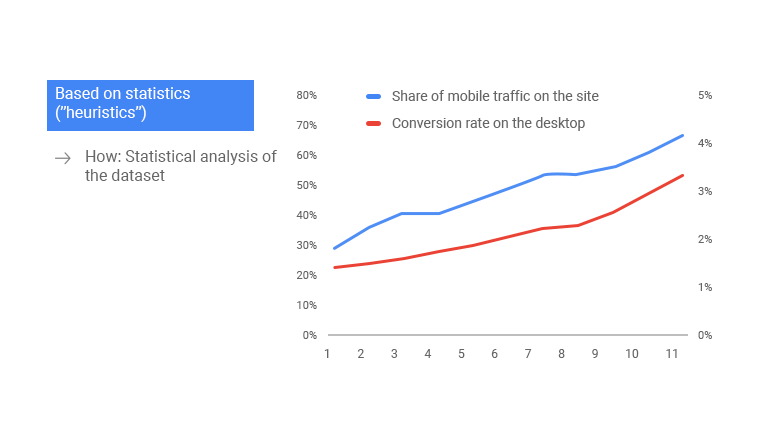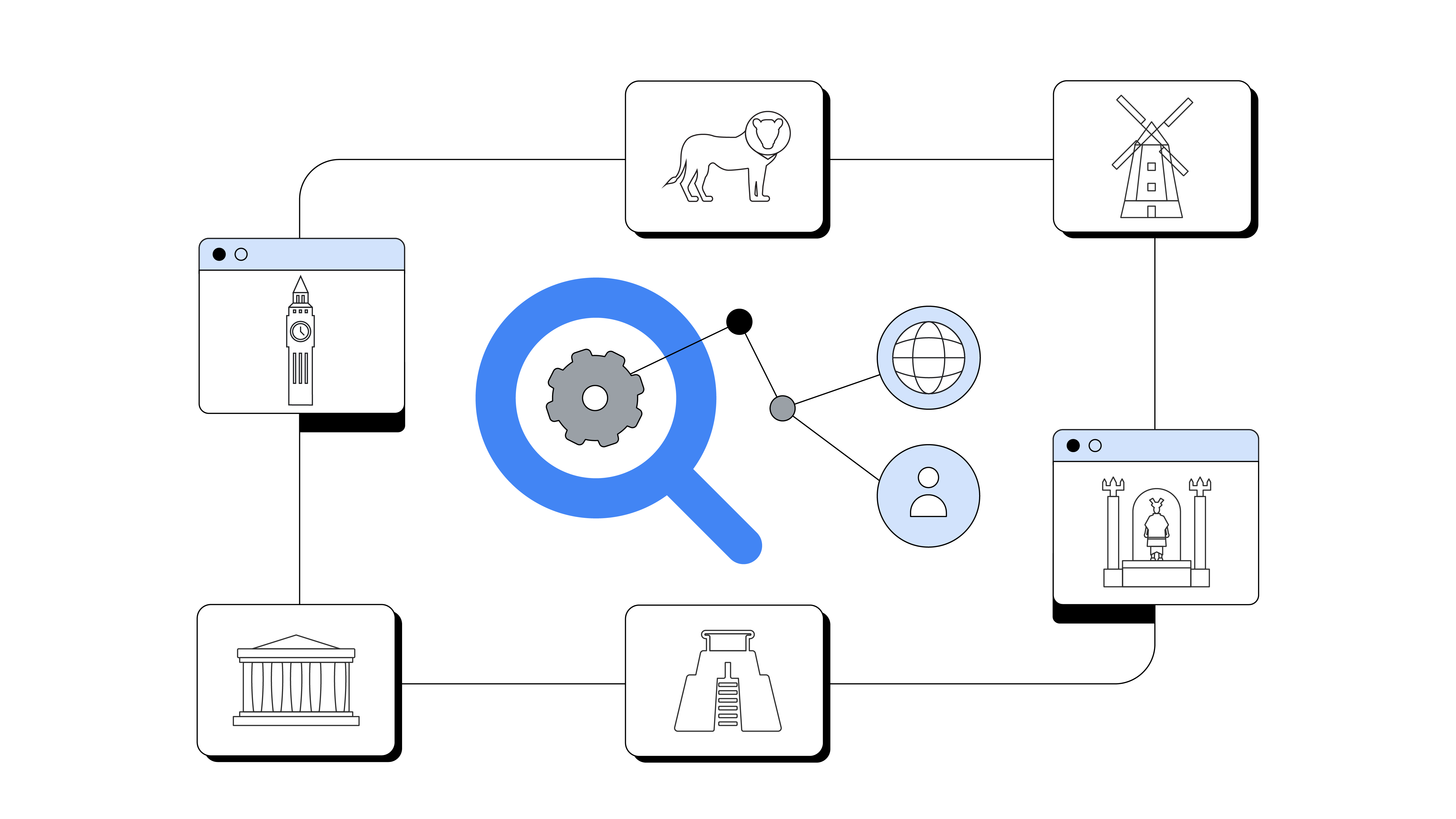Today we hear marketers talking a lot about the multi-screen world. Every conference has at least one presentation underlining the fact that users move between devices. But is it all talk?
When we get right down to it, the majority of campaigns are still being measured based on the last click. This cookie-based method assumes that the whole user journey – from the moment the user sees the ad for the first time through their research and ending with the final purchase decision – is taking place on the same device and browser.
We might start to see the problem with this assumption once we consider that half the population of Poland owned three or more devices in 2016.1 And when it comes to the important buying group of people ages 25 to 44, this proportion surges to almost 70%.2 With this in mind, it’s really hard to believe that everything happens on just one device.
These considerations are especially important for mobile. Data shows that people use mobile much more often in research than in making the final purchase. In other words, after researching products on mobile they’ll then go on to do the actual buying on another device, especially desktop. In Poland in 2016, 43% of smartphone users relied on their smartphone for research while just 3%3 used it to finalize a purchase.

This behavior is happening not only in Poland, but also in countries like Germany and the UK that are ahead of Poland by one or two years in terms of digital maturity. These usage habits won’t change soon, so we need to adjust our mobile strategies to the behavior.

What all of this means is that it’s really important for marketers to have a cross-device strategy – a way to connect marketing activities to users’ behavior, to understand how users move between devices and to know which campaigns and channels show a stronger cross-device effect than others.
Currently there are three main ways marketers can try to measure and understand cross-device behavior.
The first is deterministic. This is an analysis based on users who have created an account. When they log in to assets within their account, marketers can analyze their activities. In some instances, the accounts are part of properties that a brand owns and operates. But sometimes a brand might not have large base of users who have accounts and logins, in which case they can understand cross-device behavior through third-party user graphs. These might include cross-device data from AdWords advertising or cross-device data from DoubleClick activities, for example.
Ringling Bros. and Barnum & Bailey Circus embraced cross-device measurement in AdWords and discovered that mobile is a major contributor to driving conversions. After doubling down on their mobile strategy, they produced a 262% uplift in cross-device conversions and 30% rise in ticket sales.4
"Cross-device measurement has revolutionized the way that we look at our campaigns.[..]You’ll see us invest much more heavily in digital advertising on a go-forward basis."
- Sam Gomez, VP of Digital Marketing Feld Enteraintement®.
A second option uses heuristics. These methods are based on statistical analysis, in which we try to compare different sets of data to set hypotheses about users’ behavior. For example, imagine we're observing a very strong correlation between increasing share of mobile users and increasing conversion rate on desktop. We might predict that the increasing share of mobile users makes cross-device behavior stronger. Users might be starting their journey on mobile and then converting on desktop, producing an increase in conversion rate on desktop.
Example below shows strong correlation between share of Mobile visits on website and conversion rate on Desktop. Of course correlation does not mean causality, although such situation can be sign that higher share of Mobile traffic over time is making cross device effect stronger: users start on Mobile and then convert on desktop, so Desktop conversion rate is growing as result.

The third option is fingerprinting. In this scenario, marketers depend on settings that users can’t control or change to create a unique ID of a device, making it possible to track that device. This method is puts users’ privacy in danger, so it can’t be recommended as a way of understanding cross-device effects.
Of course, many companies have their own ways of understanding the cross-device behavior so this list isn’t final. And going forward, marketers will also be able to use Google Attribution that was announced during the recent Google Marketing Next conference: Google Attribution. This tool aims to give to marketers a 360-degree panorama of their customers’ journey, including a cross-device and cross-channel view.
We all know that understanding users’ cross-device behavior is difficult – but it can be managed. The biggest challenge right now isn’t technology, it’s the willingness to test new approaches and take a risk related to those new approaches.
Some time ago there was some very interesting research5 that compared industry leaders in with their peers who merely met the industry average in terms of achieving their business goals. What separated the leaders from the pack? Leaders who exceeded the industry average were used to working with estimates and didn’t wait for data that was 100% proven. These leaders knew that there are no easy solutions when it comes to business. Leading means adjusting what’s available to your needs. And in doing so, you can achieve better than average results.






